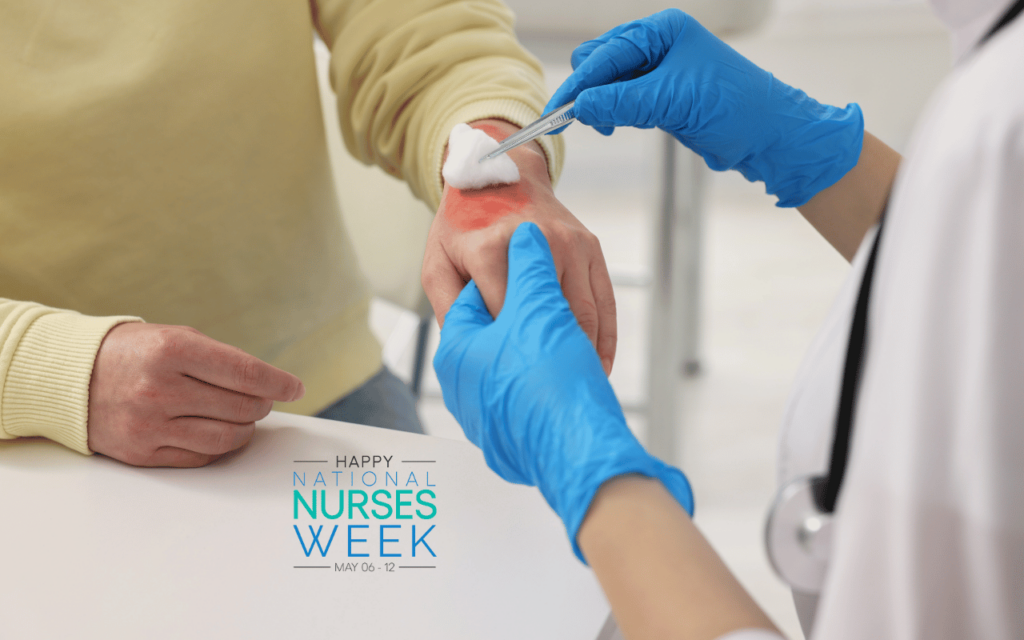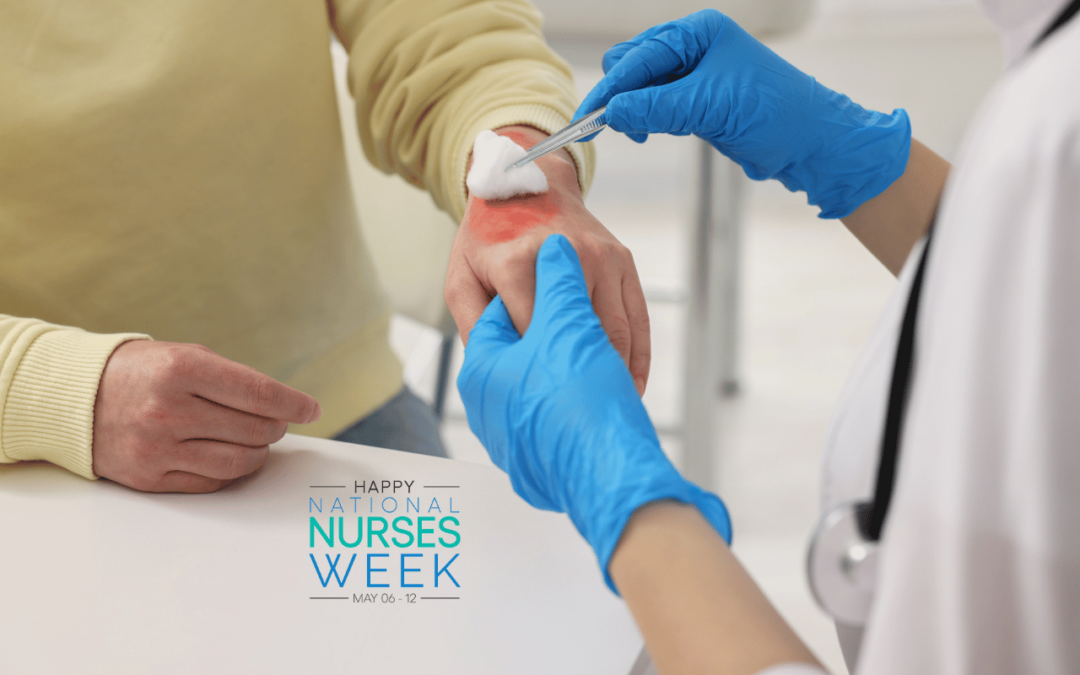Along with their trauma and flight nursing colleagues, burn nurses are now privileged to demonstrate their expertise in burn care with the new Certified Burn Registered Nurse (CBRN) exam from the Board of Certification for Emergency Nursing (BCEN). Introduced in the fall of 2023, CBRN certification spans the entire burn care continuum including prehospital care and initial management, acute and critical care, post-acute rehabilitation, outpatient and community care, and aftercare and reintegration, as well as injury prevention, education, and psychosocial patient and family support.
With this new certification, burn nurses are uniquely positioned to highlight the important role burn nurses play in the care of traditionally underserved communities. As burn injuries are often associated with several social determinants of health, including poverty (Patel, 2018), food insecurity (Elsey, 2016), and living in under-resourced neighborhoods (Alnabantah, 2016), burn nurses play a crucial role in caring for some of the patients most in need of care.
Burn nurses’ work is similar to that of critical care specialties like trauma and emergency nursing. However, burn nurses are also responsible for complex wound care, often requiring hours-long procedures in patient rooms. This affords burn nurses one-on-one time with their patients, allowing them prolonged individual time to assess individual socio-demographic risk factors better. This individual time also provides an expanded role for the burn nurse, often taking on the caretaker and trusted confidant role. In this role, burn nurses can better assess the needs of their patients post-discharge, anticipating potential problems like lack of transportation, living conditions without heat or electricity, or unstable food resources.
The ability of burn nurses to anticipate these needs post-discharge is such a crucial aspect of their role that it is a component of the CBRN exam. The CBRN exam tests burn nurses for diversity, equity, inclusion, community outreach, and interprofessional collaboration knowledge. In addition to acknowledging the unique role these nurses play in recognizing and intervening when necessary, the CBRN exam also acknowledges the difference in the presentation of both burn injuries and skin disorders like Stevens-Johnson Syndrome (SJS) and toxic epidermal necrolysis (TEN). Given the recent acknowledgment of the lack of diversity in medical education training (Louie & Wilkes, 2018), it is vital for all nurses. However, burn nurses should know the differences in presentation for full-thickness burns and skin injuries in light versus dark-complected patients. In addition to including DEI as a testable item, CBRN item writers and exam construction review committee (ECRC) members made a concerted effort to include depictions of all skin tones to test this knowledge.
As a burn nurse of almost 13 years, I have seen the profound difference providing culturally sensitive care has made to patients in our burn center. When I started caring for patients with burns, for example, we used one type of shampoo and one type of lotion for all of our patients. While it seems like a small piece of care, providing products designed to work with the patient’s hair and skin demonstrates a commitment to culturally competent care. I profoundly hope that as we continue to make strides in educating burn nurses, we find new ways to provide the best care possible to all our patients.
REFERENCES
Louie P, Wilkes R. Representations of race and skin tone in medical textbook imagery. Soc Sci Med. 2018 Apr;202:38-42. doi: 10.1016/j.socscimed.2018.02.023. Epub 2018 Feb 23. PMID: 29501717.
Elsey H, Manandah S, Sah D, Khanal S, MacGuire F, King R, et al. (2016). Public Health Risks in Urban Slums: Findings of the Qualitative’‘Healthy Kitchens Healthy Cities’ Study in Kathmandu, Nepal. PLoS ONE 11(9): e0163798 Doi: 10.1371/journal.pone.0163798
Alnababtah K, Khan S, Ashford R. Socio-demographic Factors and the Prevalence of Burns in Children: An Overview of the Literature. Paediatrics and International Child Health (2016). 10.1179/2046905514Y.0000000157 [PubMed] [CrossRef] [Google Scholar]
Patel DD, Rosenberg M, Rosenberg L, Foncerrada G, Andersen CR, Capek KD, Leal J, Lee JO, Jimenez C, Branski L, Meyer WJ 3rd, Herndon DN. Poverty, population density, and the epidemiology of burns in young children from Mexico treated at a U.S. pediatric burn facility. Burns. 2018 Aug;44(5):1269-1278. doi: 10.1016/j.burns.2018.02.003. Epub 2018 Mar 7. PMID: 29551448; PMCID: PMC6453533.



